Mechanical Keyboards, Studio Headphones, and Beyond When building a high-end PC, it's...
Rendering & Animation
In today’s content-driven world, creativity has become a career—and whether you're editing 8K footage, building complex animations, or rendering photorealistic 3D models, your hardware needs to be as serious about performance as you are about your craft.
For professionals in video editing, 3D rendering, and animation, choosing the right custom PC isn’t about buying a high-end gaming rig and hoping for the best. It’s about tailoring every component to match the software you use, the workflows you follow, and the deadlines you need to meet. At Aussie Custom Computers, we design machines that empower Australian creatives to create without compromise—and without hitting performance ceilings halfway through a major project.
Whether you're working in DaVinci Resolve, Adobe Premiere Pro, After Effects, Blender, or Cinema 4D, here's what goes into building a custom PC that delivers precision, power, and professional-grade reliability.
The Creative Difference: Why You Need a Custom Workstation
Unlike gaming PCs—which are optimised for real-time performance at high frame rates—workstations for creative professionals are built for sustained workloads, large datasets, and highly parallel computing tasks. When you're exporting a complex 4K timeline with multiple layers, VFX, and colour grading, or rendering a 3D animation frame-by-frame, your PC becomes the engine room of your entire project. And with render times stretching into hours (or even days), every component matters.
That’s why a purpose-built custom PC doesn’t just make your workflow faster—it transforms your entire creative process. It enables real-time previews, faster iterations, shorter export times, and most importantly, fewer frustrating crashes or bottlenecks when the software pushes your hardware to its limit.
Choosing the Right CPU: Cores Count
When it comes to video editing and 3D rendering, the CPU is the backbone of your build. Multi-core performance is key, especially for applications that can take advantage of parallel processing. AMD’s Ryzen Threadripper Pro 7000WX series currently leads the way in this space, offering up to 96 cores and exceptional memory bandwidth for truly workstation-class performance. These chips are ideal for Blender, Autodesk Maya, and heavy-duty After Effects compositions.
On the other hand, Intel’s 14th Gen Core i9 series still holds its own for Premiere Pro users, with excellent single-core performance and quick playback responsiveness during editing. If your workflow involves a mix of video and 3D work, we’ll help you strike the right balance between cores and clock speed.
GPU Power for Rendering, Playback & More
Modern creative software has become increasingly GPU-accelerated. From real-time playback of high-resolution footage to 3D rendering using GPU-based engines like Redshift, Octane, or Blender’s Cycles, your graphics card is just as crucial as your CPU.
For serious creators, NVIDIA’s RTX 6000 Ada Generation or the GeForce RTX 4090 offer the CUDA core count and VRAM needed to tackle large projects without compromise. With 24GB+ of GDDR6X memory, these GPUs make a huge difference in timeline scrubbing, real-time rendering, and even AI-driven features in tools like Adobe Sensei.
For multi-display setups or animators using complex rigs, this GPU horsepower also ensures fluid viewport navigation and fast render previews—no stutter, no lag.
RAM & Storage: No Room for Bottlenecks
Video and 3D workloads are memory-intensive, so for professional-grade workstations, 64GB of DDR5 RAM is now the baseline. For heavy 8K projects or rendering large particle simulations, 128GB or more can be necessary to avoid system slowdowns.
Storage also needs to be lightning-fast. We recommend pairing a Gen5 NVMe SSD (at least 2TB) for your active projects and software, with a secondary high-capacity SSD or RAID array for raw footage, renders, and asset libraries. Fast disk speeds ensure quicker caching, scrubbing, and loading of media files, especially when dealing with high bit-rate content or multi-layer timelines.
Cooling & Reliability for Long Renders
Creative workloads often run at full CPU and GPU capacity for extended periods, which makes thermal performance a critical factor. At Aussie Custom Computers, we offer workstation-grade cooling solutions, including silent all-in-one liquid coolers or fully custom liquid loops for Threadripper-based systems. These keep your system cool and quiet during overnight renders or long production days.
Equally important is power delivery. A platinum-rated 1000W or higher PSU ensures stability, especially when using multi-GPU configurations or power-hungry CPUs. All our workstations are built using industrial-grade components for maximum uptime and long-term reliability.
Built for Australian Creatives
As an Australian-owned and operated company, we know the needs of local creatives—whether you're a freelance editor in Brisbane, an animation studio in Melbourne, or a 3D generalist working remotely from Perth. Our custom PC builds come pre-configured for the software you use most and can be fine-tuned to match your specific workflow, project size, and output requirements.
And because all systems are assembled and tested locally, you get fast shipping, full Australian warranty support, and expert after-sales service when you need it.
Ready to level up your creative potential? Explore our custom creative workstations now or talk to our team about a fully tailored solution.
FAQs: Building a Creative Workstation in 2025
1. What’s the difference between a gaming PC and a creative workstation?
While gaming PCs prioritise frame rate and real-time performance, creative workstations are optimised for high-core-count CPUs, GPU acceleration, memory bandwidth, and long render stability. Creative PCs also use professional-grade components to ensure consistent results under load.
2. How much RAM do I need for video editing and 3D work?
For most professional video editing and 3D workflows, 64GB is the recommended minimum. If you’re working in 8K, using particle simulations, or running multiple applications at once, 128GB or more may be necessary.
3. Should I use a Threadripper or a Core i9 CPU?
If your work involves rendering or complex animations, AMD Threadripper offers unmatched multi-core performance. For editing, playback, and general responsiveness in Adobe apps, a Core i9 can deliver better single-thread performance and responsiveness. The best choice depends on your workflow.
4. Do I need a workstation GPU like NVIDIA RTX A6000, or is a GeForce card enough?
For most creators, the RTX 4090 offers exceptional performance at a better value than workstation cards. However, for enterprise users running ECC memory workloads or certified CAD applications, workstation GPUs like the RTX A6000 provide added stability and support.
5. Can Aussie Custom Computers build a PC specifically for my software needs?
Absolutely. We specialise in custom solutions tailored to the exact programs and workflows you use, whether that’s Adobe Creative Cloud, DaVinci Resolve, Blender, Unreal Engine, or any combination. We’ll build, test, and ship a system that’s ready for real-world production.
Final Thoughts
Creativity shouldn’t be limited by your hardware. In 2025, where time is money and performance equals productivity, the right custom PC is more than just a tool—it’s the foundation of your business and artistic output.
At Aussie Custom Computers, we’re here to help Australian creatives build high-performance, future-ready workstations designed to meet the demands of modern content creation. Whether you're editing cinematic footage, building animated worlds, or rendering hyperreal 3D assets, we’ll craft a system that lets you focus on what you do best—creating without limits.


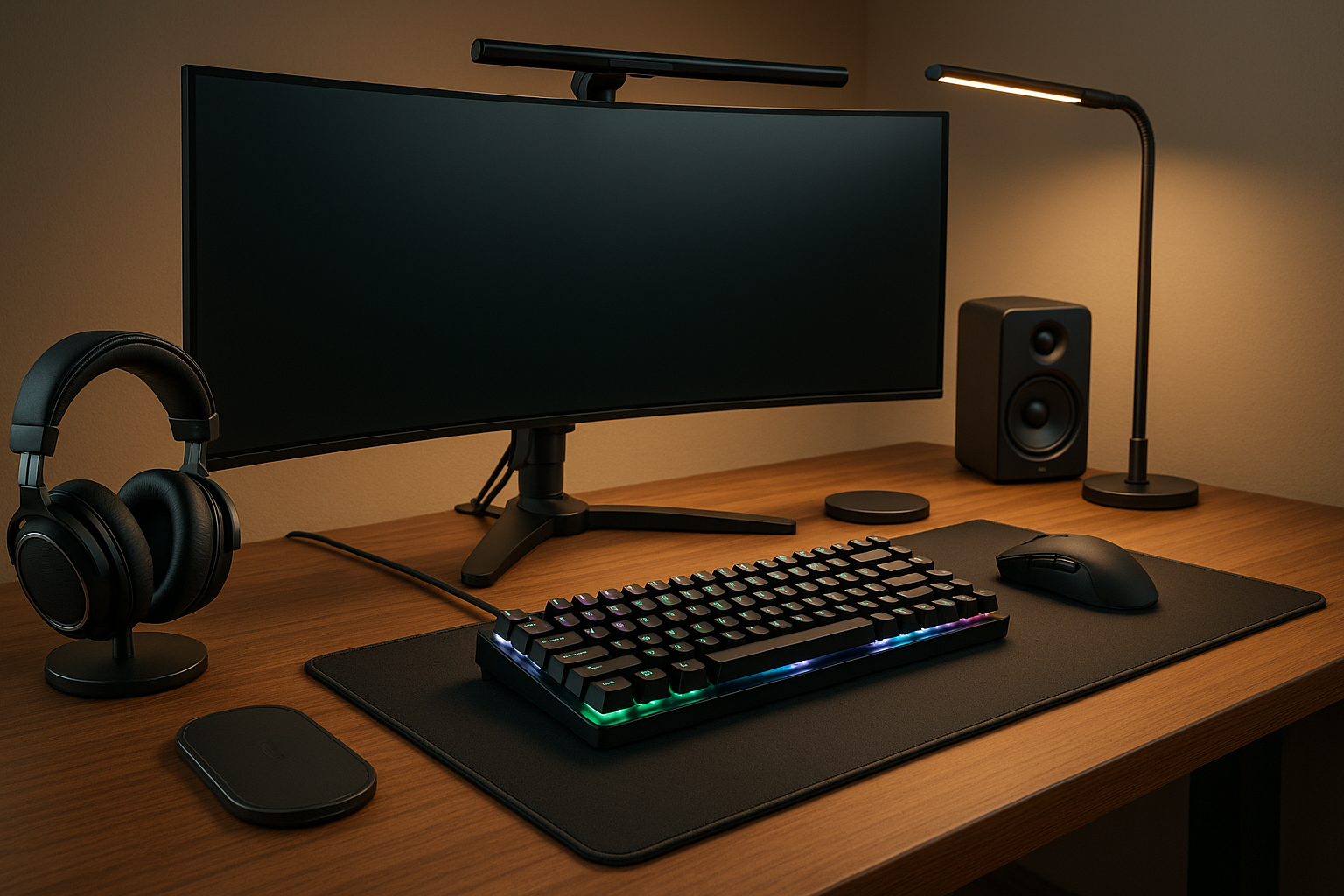
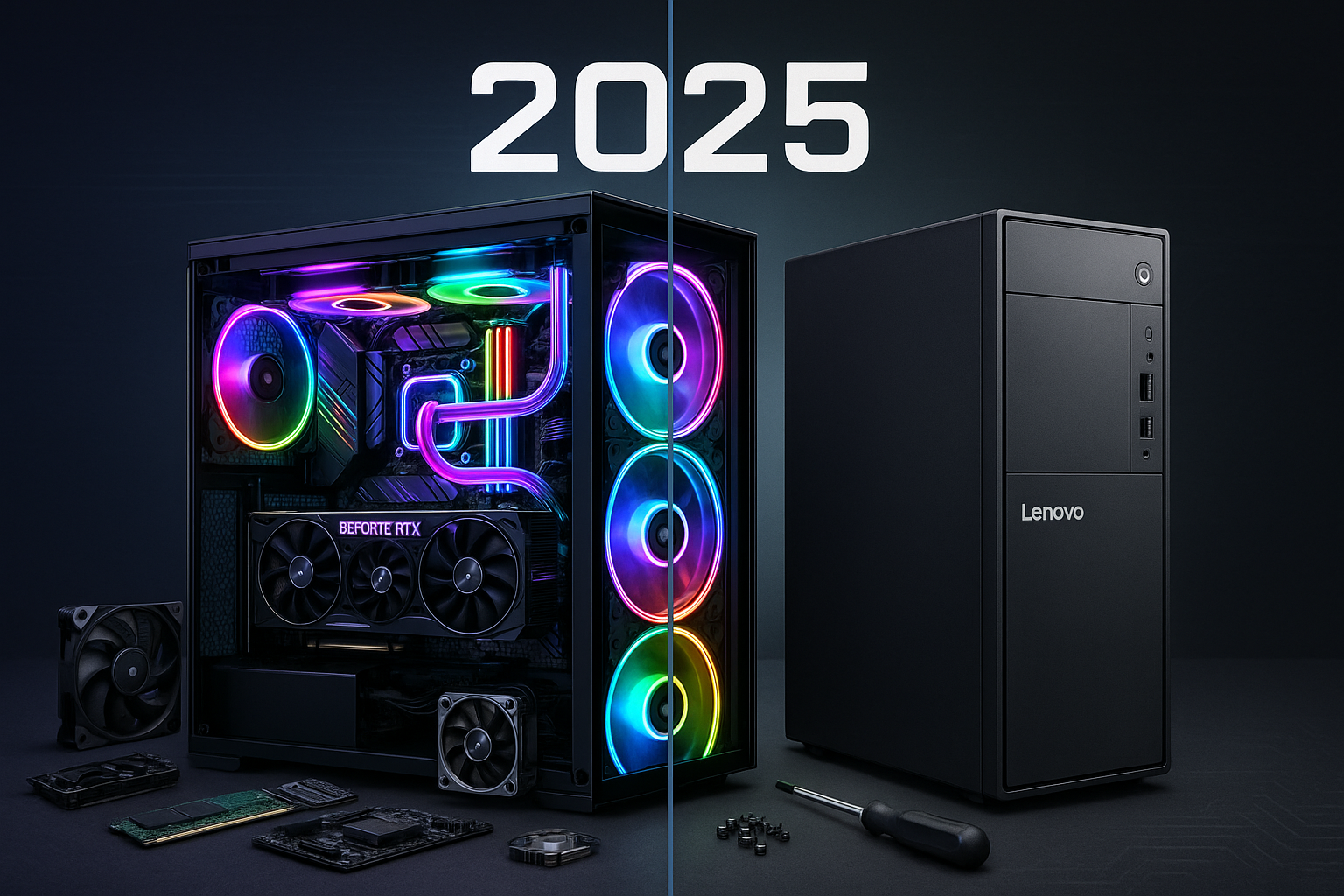
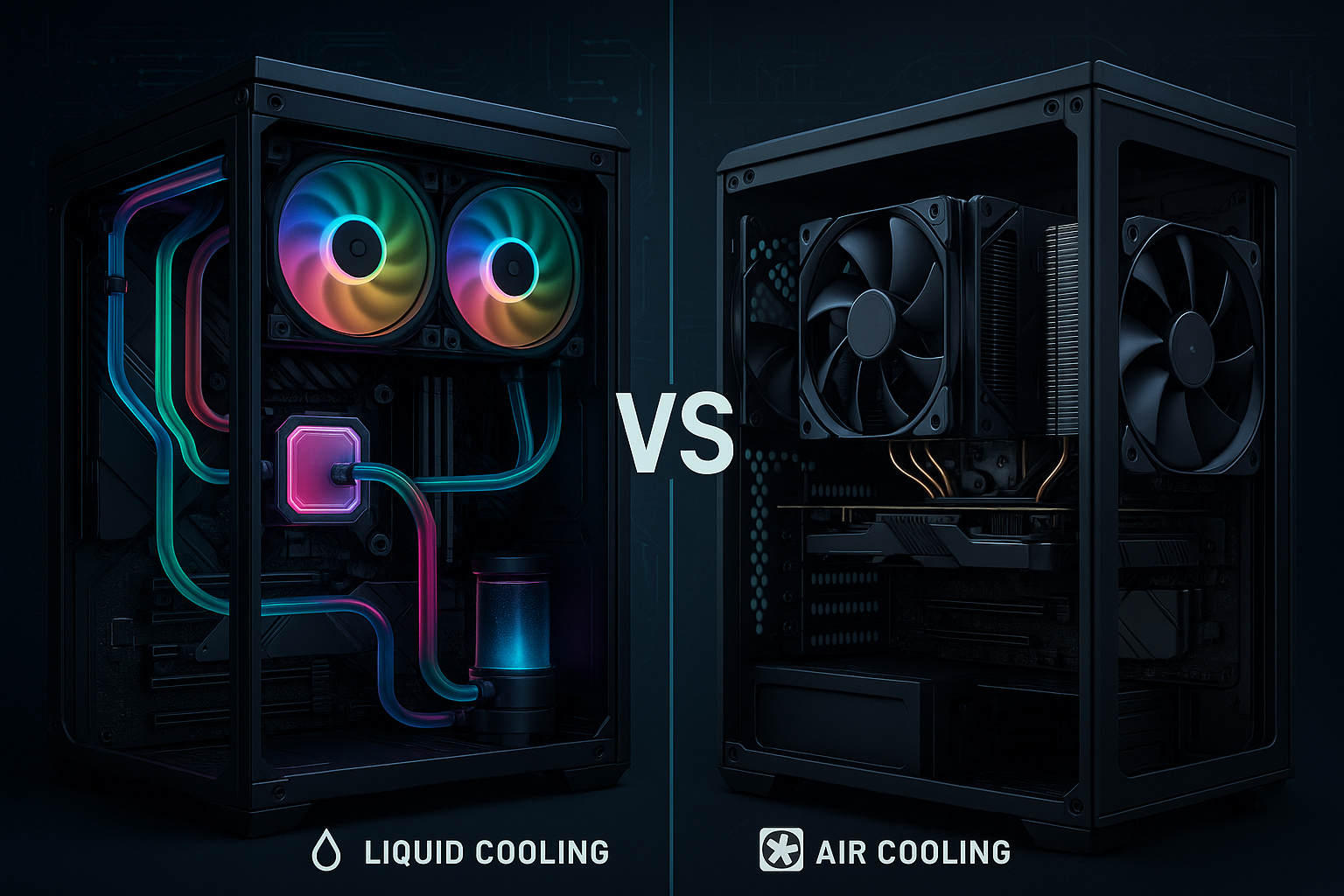
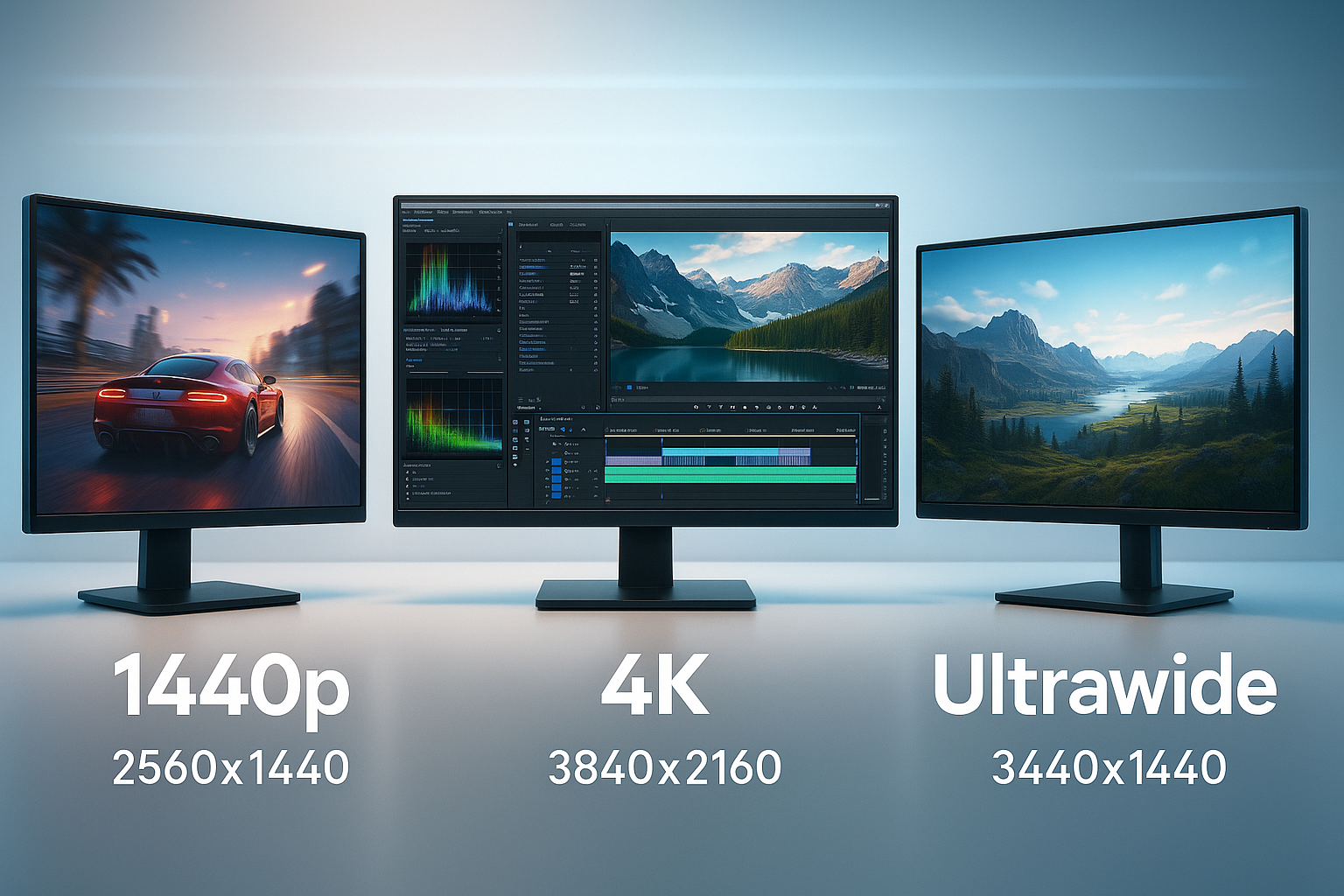
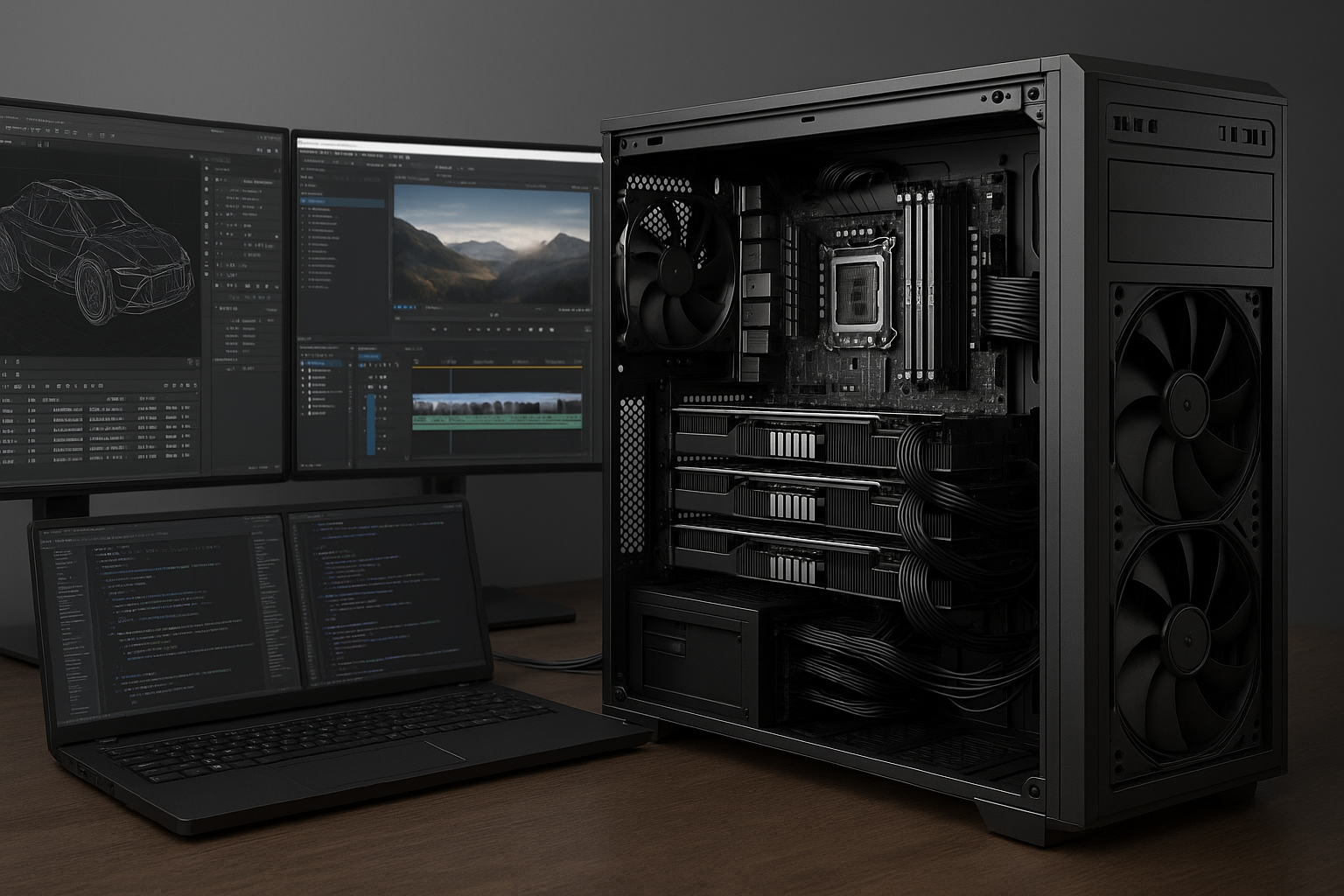
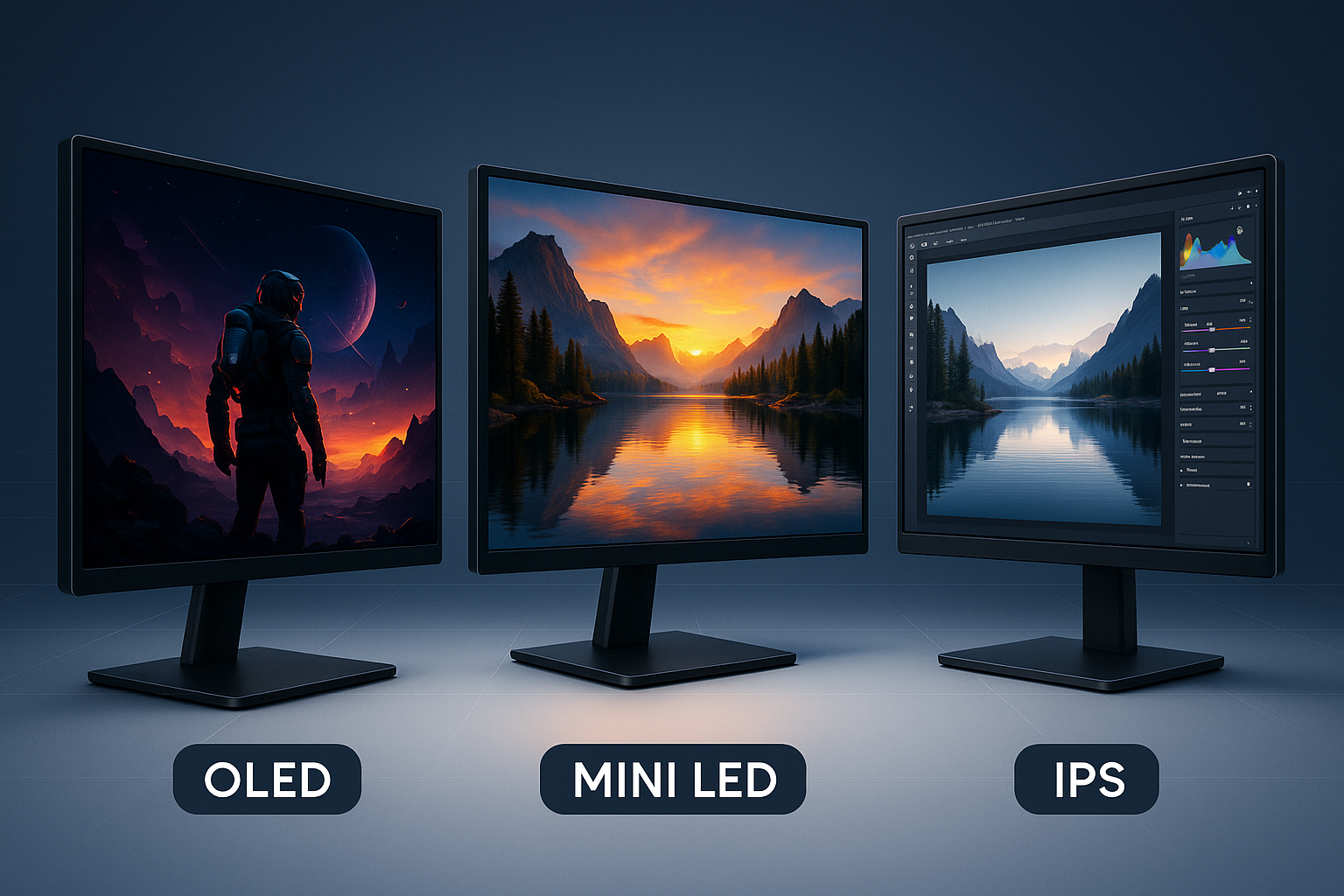

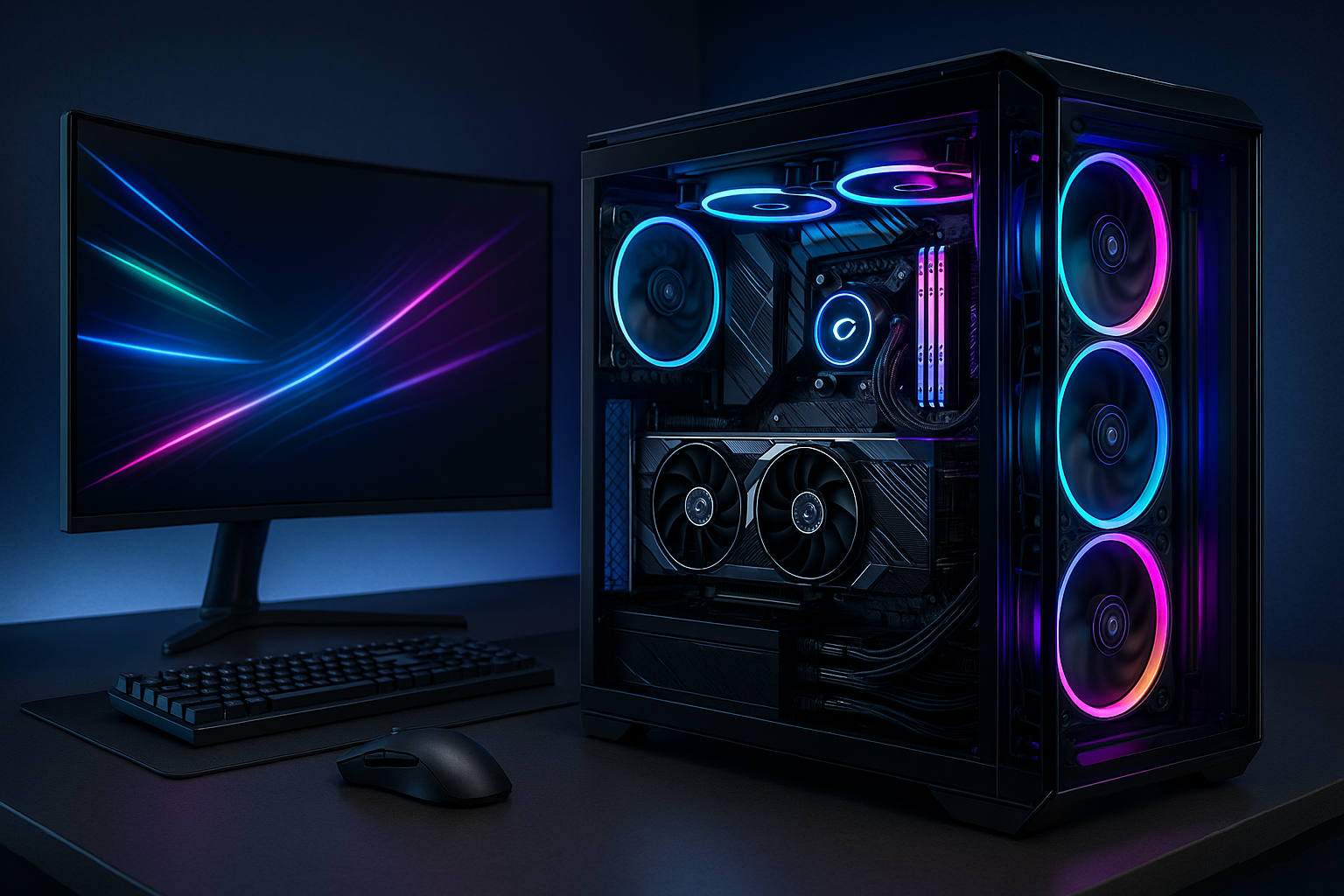
Leave a comment
Your email address will not be published. Required fields are marked *